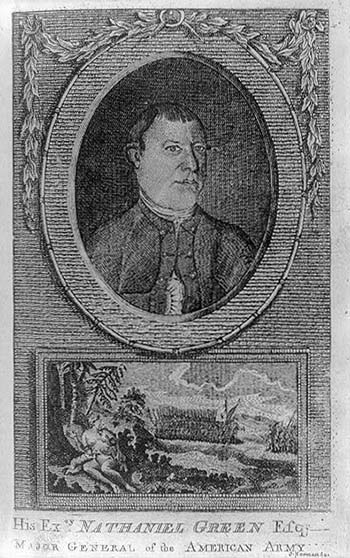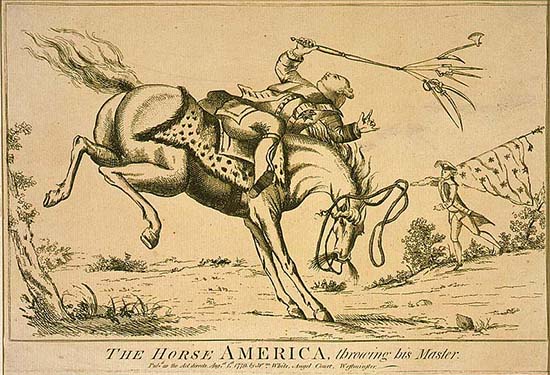Many residents of the southern backcountry did not support independence and remained loyal to the king. Some Loyalists were former Regulators who still distrusted eastern elites; others were ethnic or religious minorities who didn’t trust the colonial majority to treat them fairly. In 1780, the British army turned its attention to the South. This “Southern Campaign” was fought not only between the British and Continental armies but between Patriot and Loyalist militias and between neighbors. In this chapter you’ll learn how these battles, large and small, were fought. You’ll learn about the experiences of some of the men and women who lived through this time, and about how some of them fought for civility in the midst of a bloody “civil war.”
"Nothing but blood and slaughter have prevailed among the Whigs and Tories, and their inveteracy against each other, must, if it continues, depopulate this Country."
– Major General Nathanael Greene, March 30, 1781
Section Contents
- Timeline of the Revolution, 1780–1783
- Backcountry Loyalists in North Carolina
- The Southern Campaign
- Important Revolutionary War Sites: Quaker Meadows, N.C.
- The Battle of Kings Mountain
- The Overmountain Men and the Battle of Kings Mountain
- Primary Source: Diary Reporting Chaos in Salem
- The Battle of Guilford Courthouse
- David Fanning and the Tory War of 1781
- Skirmish at the House in the Horseshoe
- Primary Source: A Petition to Protect Loyalist Families

